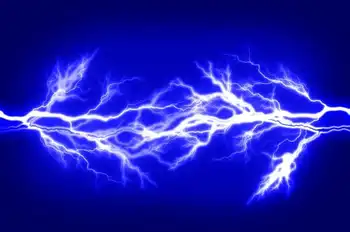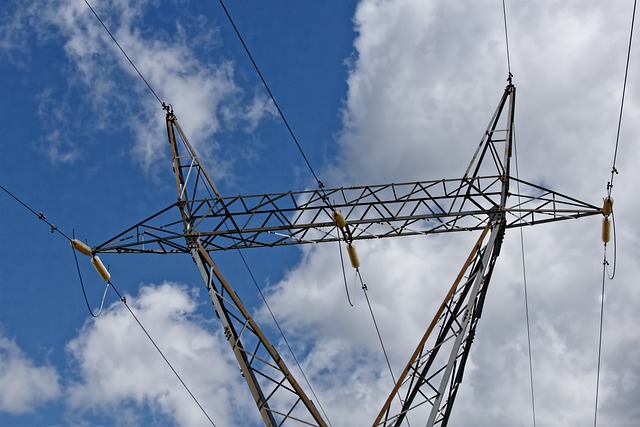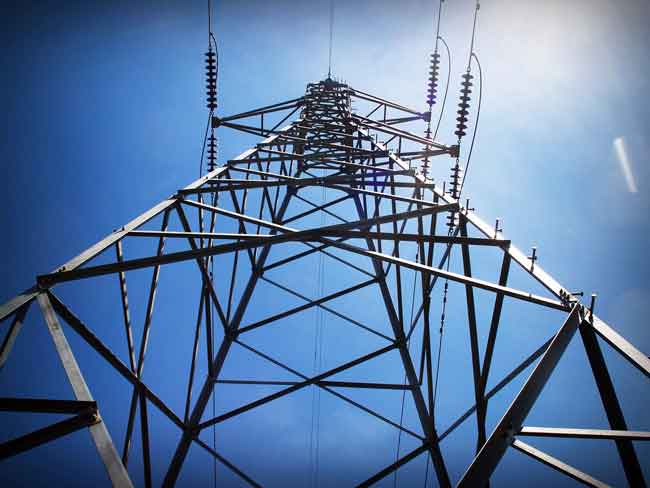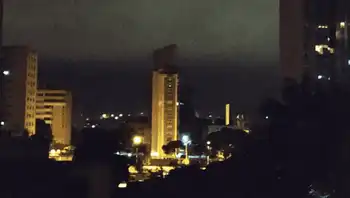Bush tries to jump-start Clear Skies legislation
By Charleston Gazette
NFPA 70e Training
Our customized live online or in‑person group training can be delivered to your staff at your location.

- Live Online
- 6 hours Instructor-led
- Group Training Available
To kick off the effort, the U.S. Environmental Protection Agency released what it called "the most detailed, comprehensive analysis" of air pollution regulations ever conducted by EPA.
Previous reviews by various government agencies have found that the Bush proposal would actually weaken the existing Clean Air Act and decrease pollution more slowly and less drastically than other pending legislation.
"The Clear Skies bill envisions less stringent standards than those in most other bills, phased in over a much longer period of time," the Congressional Research Service said in its most recent analysis, published in September.
Still, top EPA officials went to Capitol Hill to brief lawmakers on their new report and then held a news conference to promote their plan.
"This additional information answers any remaining questions," said EPA Administrator Stephen L. Johnson. "This is an apples-to- apples comparison that shows Clear Skies legislation is the clear choice for cleaner air and healthier lives."
Industry officials quickly moved to praise the EPA report and urge congressional approval of the Bush plan. Critics among the environmental community and Congress were not as pleased.
At issue are the rules that govern power-plant emissions of sulfur dioxide, nitrogen oxides and mercury.
"This analysis, although far from perfect, does show that the president's Clear Skies bills are no better, and in some respects worse, than the existing Clean Air Act," said Sen. Jim Jeffords, a Vermont independent who has put forth his own power-plant emissions legislation.
Scott Segal, director of the Electric Reliability Coordinating Council, an industry group, said that, with release of the new EPA report, "every permutation of congressional requests for data has been answered."
"It is time for Congress to get on with the business of Clean Air reform," Segal said.
In a news release, EPA said that its legislation would cut emissions of sulfur dioxide, nitrogen oxides and, for the first time, mercury "by an unprecedented 70 percent."
"These cuts in pollution will provide substantial health benefits by imposing a mandatory, multi-pollutant cap on emissions by more than 1,300 power plants nationwide, reducing pollution by as much as 9 million tons annually at full implementation," EPA said. "The country will achieve this by spending more than $44 billion in large part to install, operate and maintain pollution abatement technology on both old and new power plants."
Bush introduced his "Clear Skies" plan in 2001 and again in 2003, but the legislation went nowhere.
Instead, EPA sought to make similar changes through rewrites to federal regulations that would not need congressional approval. Those changes have been hit with various court challenges that could delay implementation.
"The air doesn't get any cleaner when you're sitting in a courtroom," Johnson told reporters.
"We're going to vigorously defend all of our regulations, but I think there's a great opportunity and I think there's a need, and I think there's a compelling argument to be made for why it is now time for Congress to pass Clear Skies," Johnson said.











